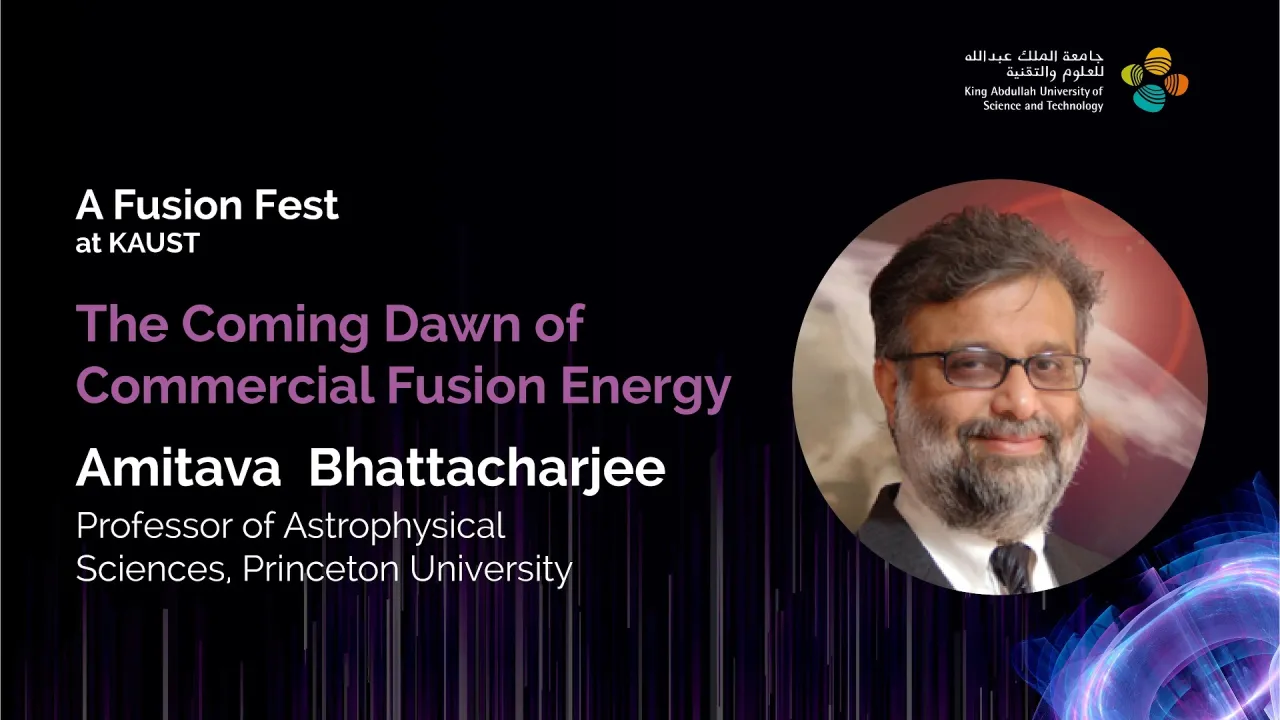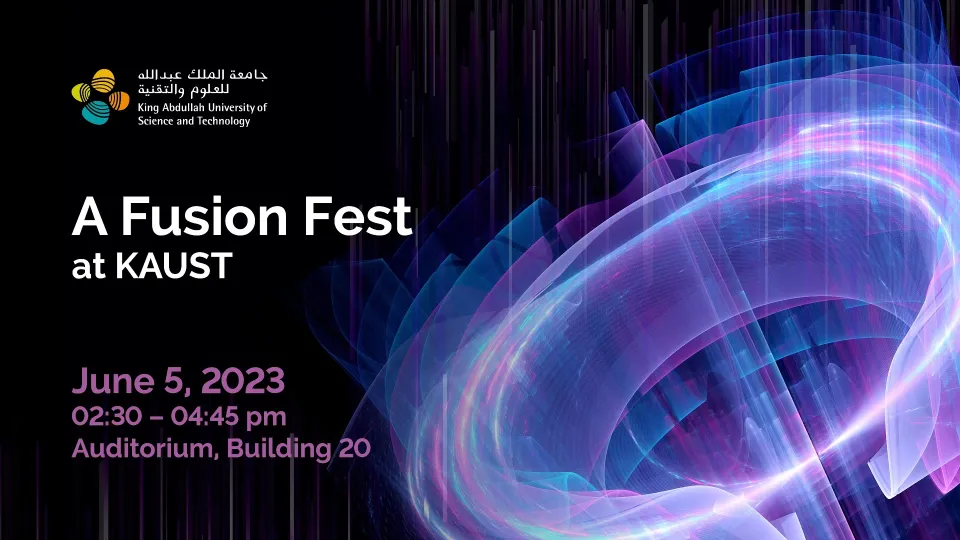
Lecture 2: The Coming Dawn of Commercial Fusion Energy
- Prof. Amitava Bhattacharjee, Astrophysical Sciences, Princeton University
B20 Auditorium
Generating fusion power from a stellarator is an exciting scientific and engineering challenge, one that promises to produce a stable, green, and nearly perennial energy source for mankind. To do so economically and safely will require a combination of several interdisciplinary breakthroughs including extreme scale computing (with adroit use of artificial intelligence and machine learning), high-temperature superconductors, materials science research, and robotics, to name a few. Overcoming this challenge will need a worldwide effort, involving academia, national laboratories, and industry, and contributions from diverse economies and people.
Overview
Abstract
Generating fusion power from a stellarator is an exciting scientific and engineering challenge, one that promises to produce a stable, green, and nearly perennial energy source for mankind. To do so economically and safely will require a combination of several interdisciplinary breakthroughs including extreme scale computing (with adroit use of artificial intelligence and machine learning), high-temperature superconductors, materials science research, and robotics, to name a few. Overcoming this challenge will need a worldwide effort, involving academia, national laboratories, and industry, and contributions from diverse economies and people.
Whereas private startup companies planning commercial tokamaks have been growing for over five years and have attracted billions of dollars of investment, the renaissance in stellarators is just now beginning to attract attention as a more reliable, easier-to-control path to fusion power for electrical and thermal energy supply, as well as energy for such uses as desalination and producing blue hydrogen. Fortunately, many decades of government investment in experimental tokamaks (including ITER, the world’s most expensive single scientific experiment, contributed towards by over half of the world’s taxpayers) are providing technologies also applicable to stellarators and thus lowering the barriers to entry.
Brief Biography
Amitava Bhattacharjee is Professor of Astrophysical Sciences at Princeton University and former head of the Theory Department at the U.S. Department of Energy’s Princeton Plasma Physics Laboratory (PPPL), from 2012 to 2021. He received his doctorate from Princeton in 1981, earned master’s degrees from Princeton and the University of Michigan, and received undergraduate honors from IIT-Kharagpur. He has held an endowed professorship at the University of New Hampshire and previously taught at the University of Iowa and Columbia University. He leads the US Exascale Computing Project’s “Whole Device Modeling Application,” which simulates magnetically confined fusion plasmas, and he established the ongoing Simons Collaboration on “Hidden Symmetries and Fusion Energy” to optimize the design of stellarators. He is also founding director of the Princeton Center for Heliophysics and directs the Max Planck Princeton Center, which studies the role of plasma physics in the laboratory, astrophysical, and space plasmas.
Bhattacharjee is a Fellow of the American Physical Society, the American Association for the Advancement of Science, and the American Geophysical Union. He was a Fulbright Research Scholar and Invited Professor at the Ecole Polytechnique. He has served on the National Academy of Sciences Committee on the Decadal Assessment of Plasma Science and is the most recent recipient of James Clerk Maxwell Prize for Plasma Physics from the American Physical Society.

